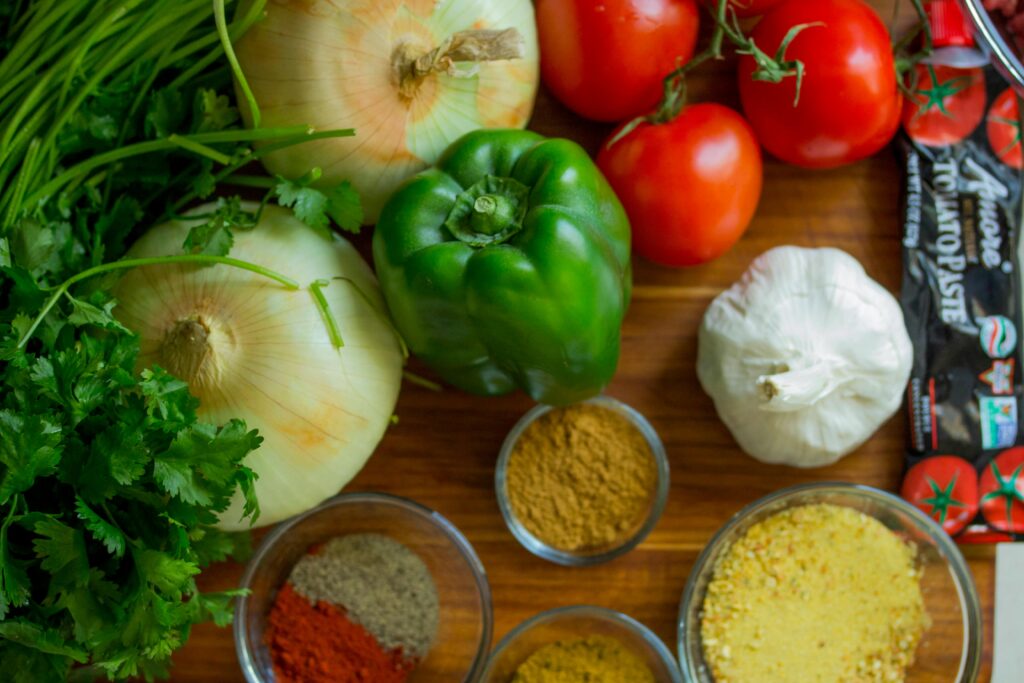
Proper food storage is crucial for maintaining freshness, preventing spoilage, and ensuring food safety. Here are some general guidelines for storing different types of food:
1. Refrigeration
- Perishable Foods: Store perishable items such as meat, poultry, seafood, dairy products, eggs, cooked leftovers, and cut fruits and vegetables in the refrigerator at or below 40°F (4°C).
- Packaging: Place perishable items in airtight containers, resealable bags, or wrap them tightly in plastic wrap or aluminum foil to prevent moisture loss and contamination.
2. Freezing
- Frozen Foods: Freeze foods that you don’t plan to consume within a few days. This includes raw meats, fish, poultry, bread, fruits, vegetables, and prepared meals.
- Packaging: Use freezer-safe containers, freezer bags, or vacuum-sealed bags to prevent freezer burn and preserve quality. Label items with the date of freezing for easy identification.
3. Dry Storage
- Non-Perishable Foods: Store dry goods such as grains, pasta, flour, sugar, nuts, seeds, canned goods, and spices in a cool, dry, and dark pantry or cupboard.
- Containers: Use airtight containers or resealable bags to keep out moisture, pests, and odors.
4. Handling Fresh Produce
- Fruits and Vegetables: Store most fresh fruits and vegetables in the refrigerator’s crisper drawer or in perforated plastic bags to maintain humidity while allowing airflow.
- Ethylene Sensitivity: Keep ethylene-producing fruits (such as apples, bananas, and tomatoes) separate from ethylene-sensitive produce to prevent premature ripening or spoilage.
5. Baked Goods
- Breads and Pastries: Store bread in a cool, dry place or in the refrigerator to extend freshness. Freeze excess bread or pastries for longer-term storage.
- Cookies and Cakes: Keep baked goods in airtight containers at room temperature or in the refrigerator, depending on their moisture content.
6. Leftovers
- Refrigerate Promptly: Store leftover cooked foods in shallow containers and refrigerate within two hours of cooking to prevent bacterial growth.
- Labeling: Label containers with the date of preparation and consume leftovers within 3-4 days.
7. Food Safety
- Rotation: Practice first in, first out (FIFO) rotation to use older items before newer ones and prevent food waste.
- Temperature Monitoring: Use a refrigerator thermometer to ensure the fridge is at the proper temperature (40°F or below) and a freezer thermometer for freezer temperatures (0°F or below).
By following these guidelines, you can effectively store food to maintain its quality, freshness, and safety for longer periods.
